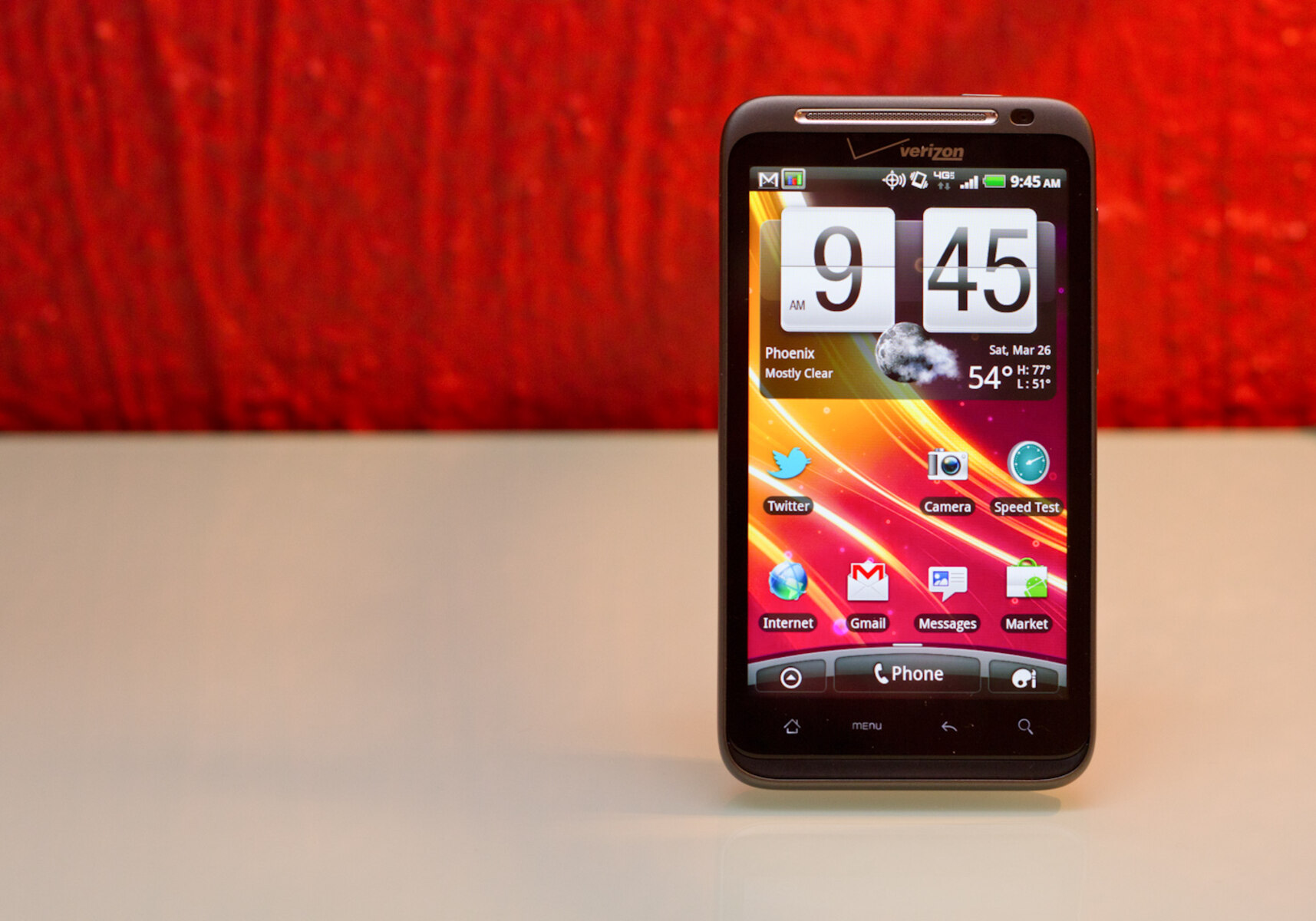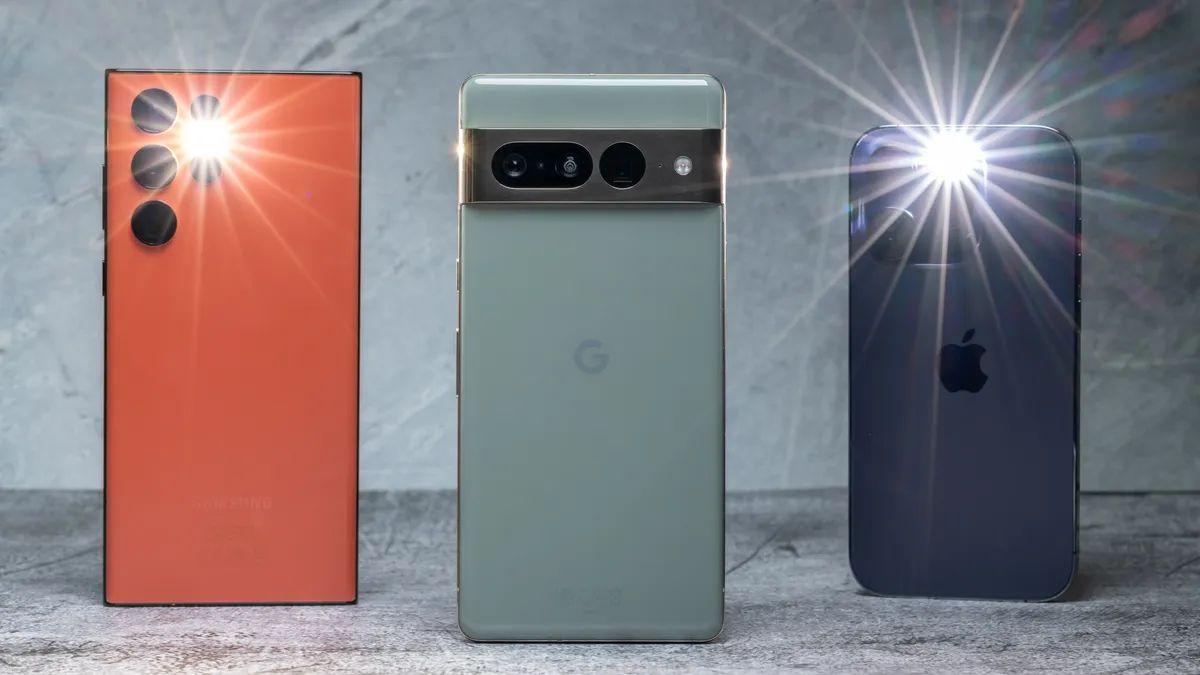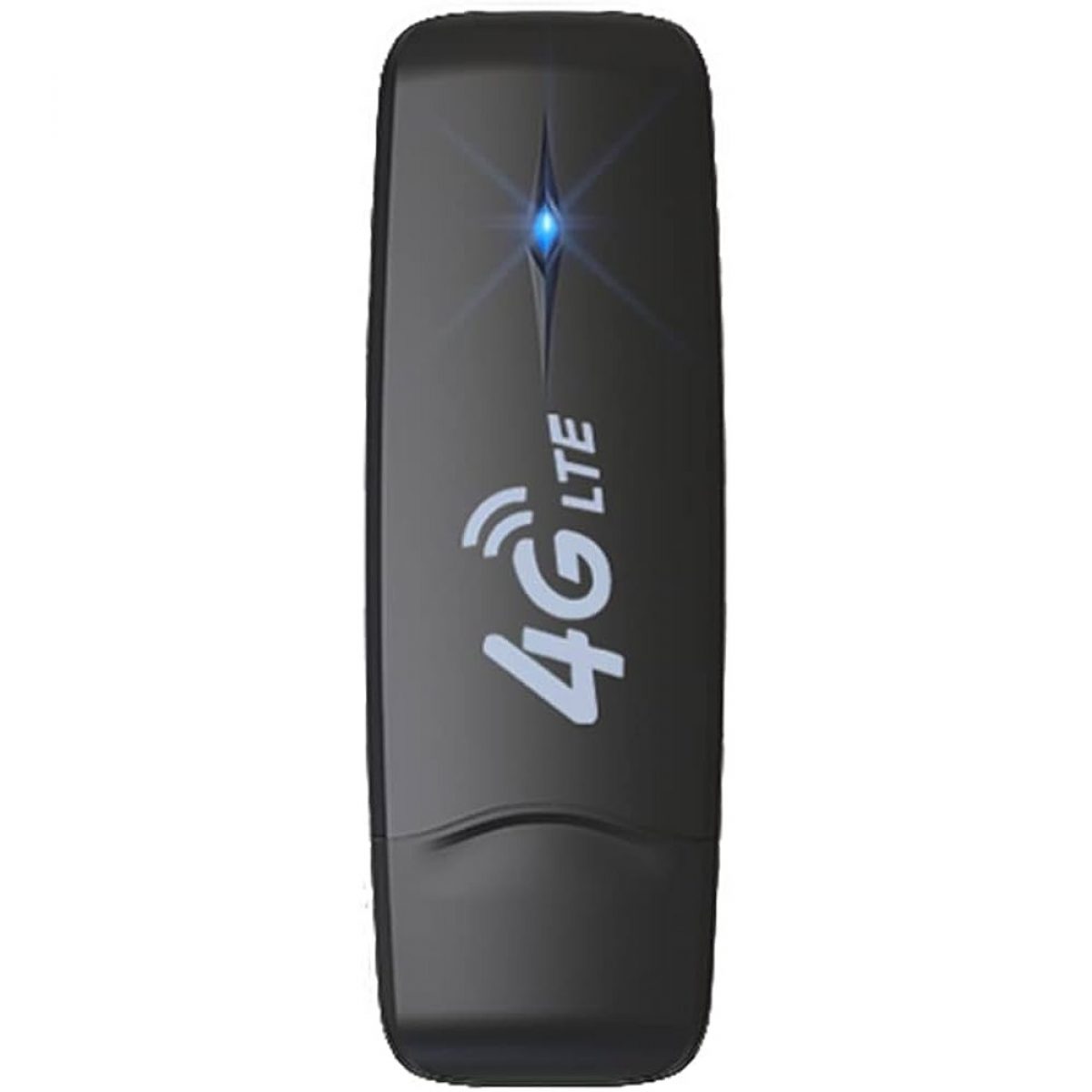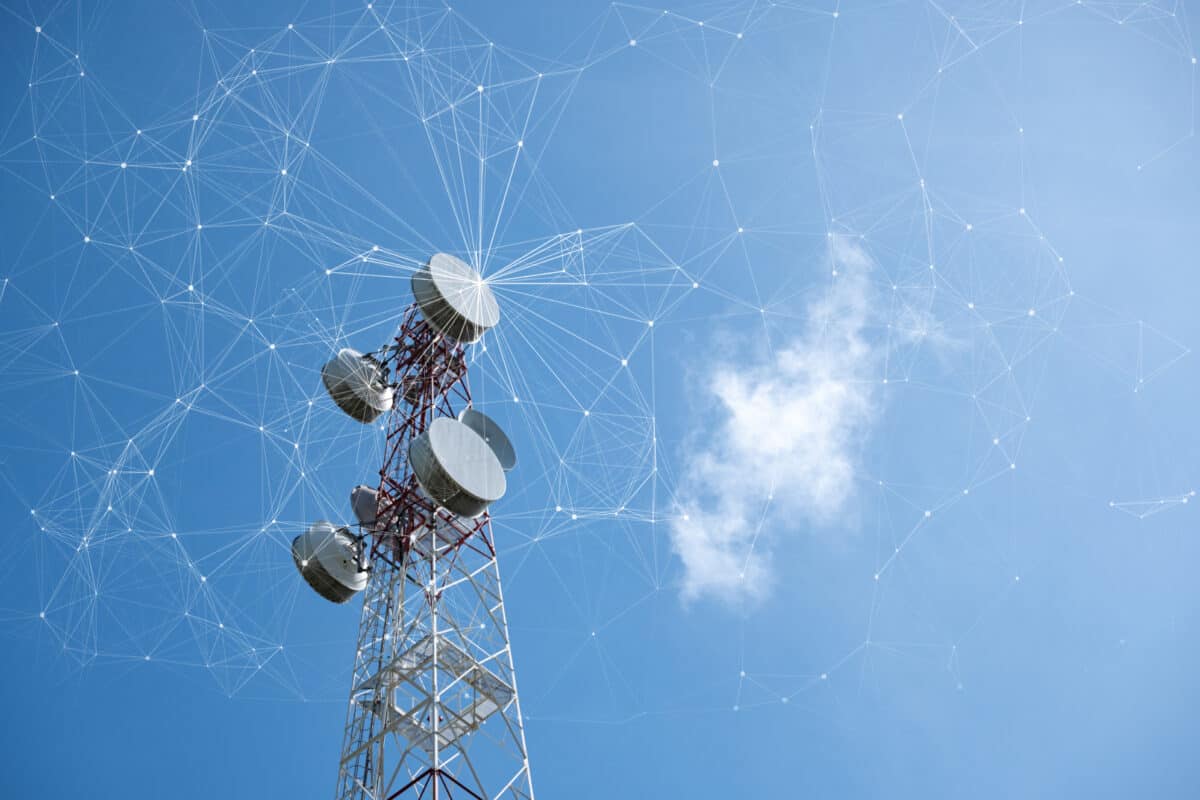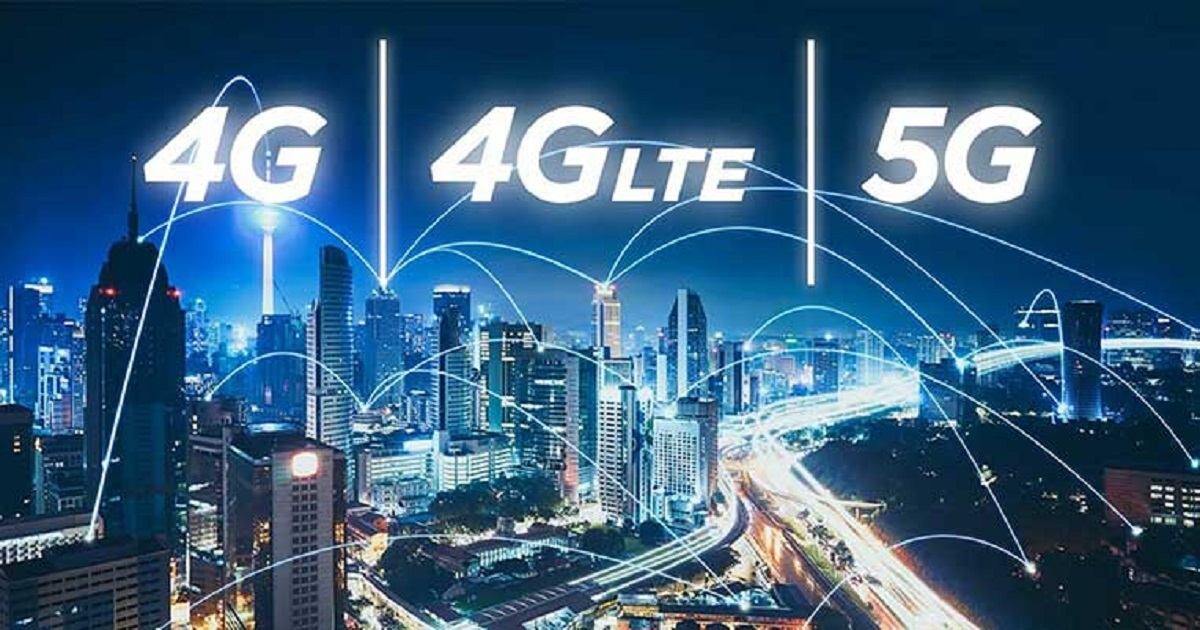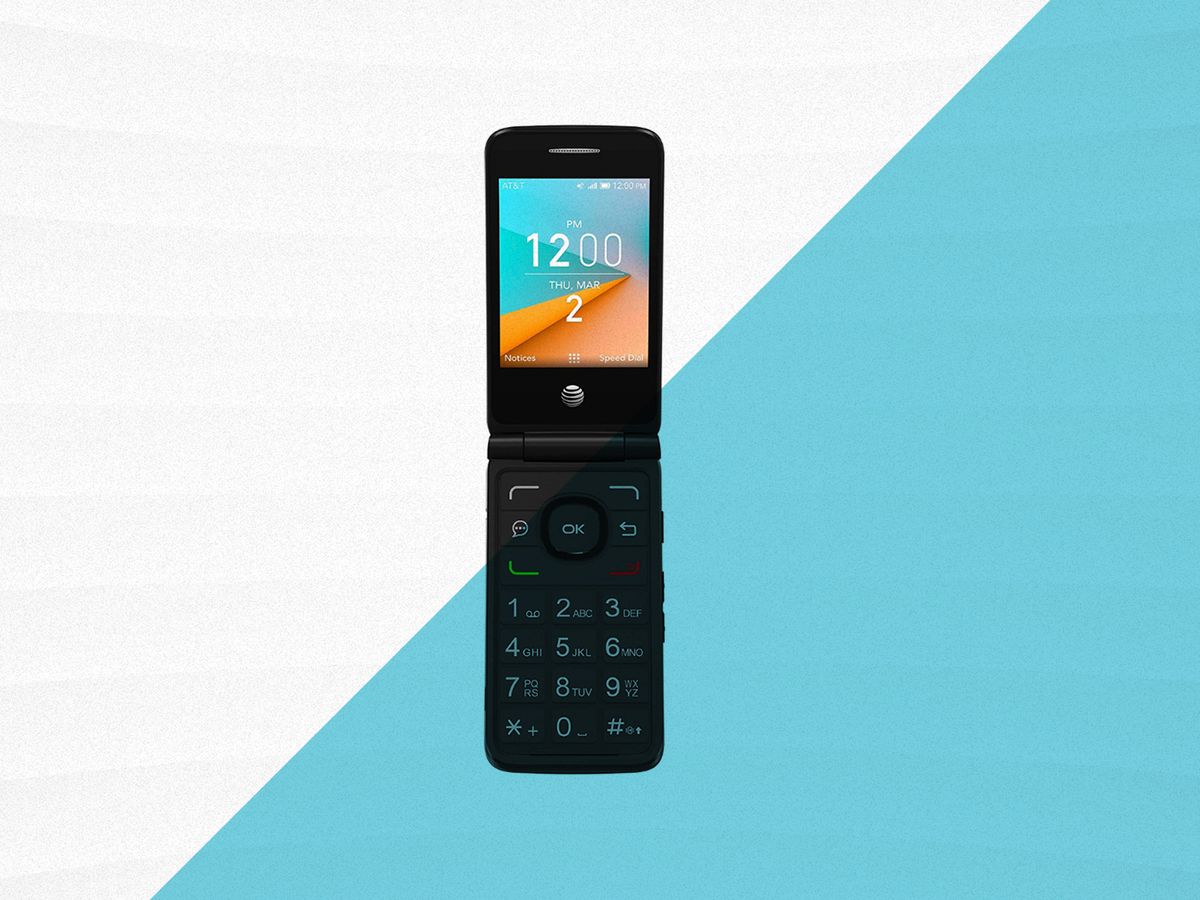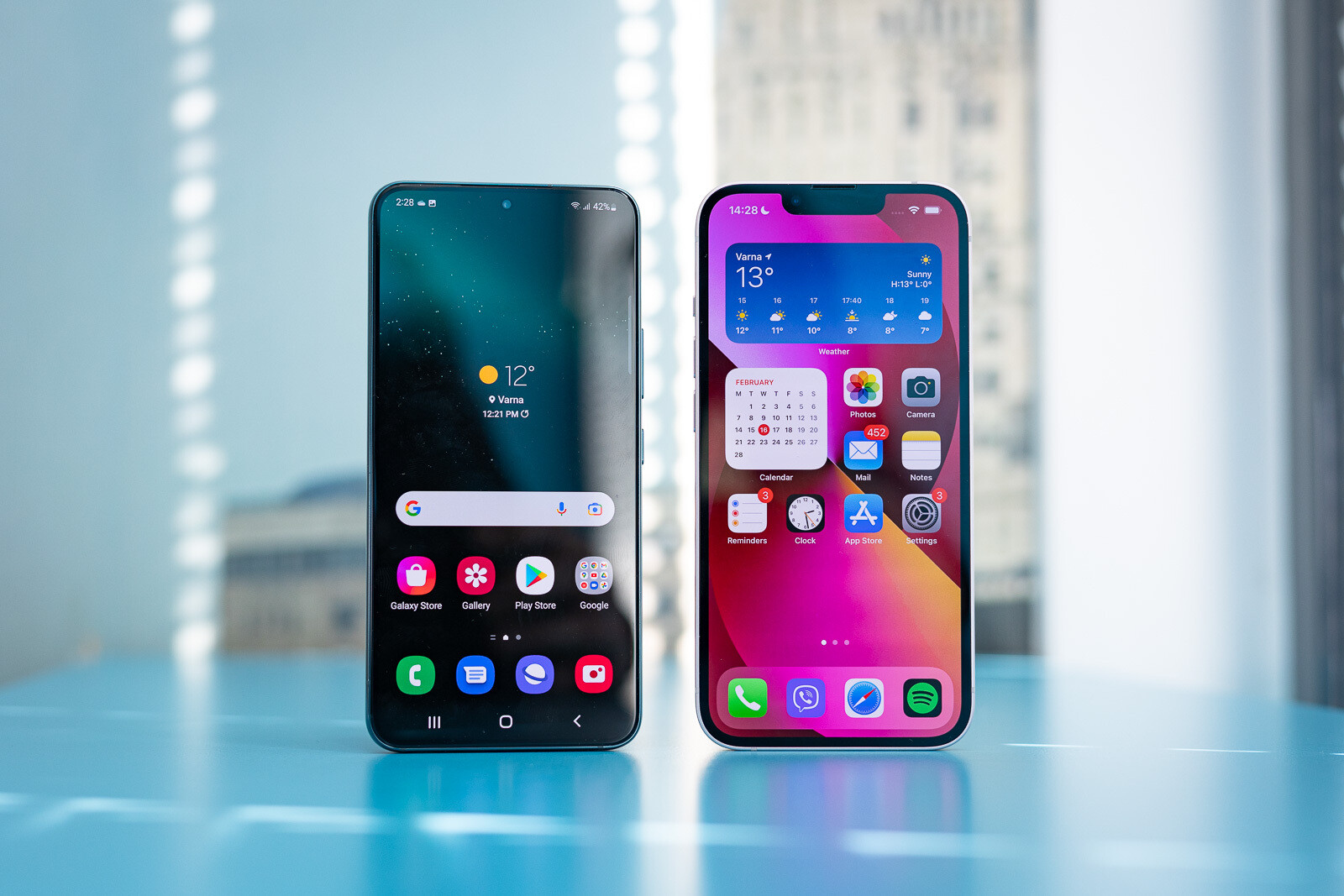Introduction
Smartphones have become an integral part of our lives, serving as our constant companions in the digital world. With the advancement of technology, the capabilities of smartphones have evolved significantly. One such milestone in mobile technology is the introduction of 4G LTE, which stands for Fourth Generation Long Term Evolution.
4G LTE has revolutionized the mobile experience by providing faster internet speeds, improved connectivity, and enhanced multimedia capabilities. It has opened up a world of possibilities, allowing users to seamlessly stream high-definition videos, browse the web at lightning speed, and enjoy crystal-clear voice and video calls. But what exactly does 4G LTE mean, and how does it work?
In this article, we will delve into the depths of 4G LTE technology, discuss its benefits, compare it to previous generations of mobile networks, provide tips for optimizing your 4G LTE smartphone’s performance, and debunk common misconceptions surrounding this cutting-edge technology.
Whether you’re a tech enthusiast looking to understand the intricacies of 4G LTE or a smartphone user curious about the advantages it brings, this article will serve as a comprehensive guide to help you navigate the world of 4G LTE smartphones.
What is 4G LTE?
4G LTE, or Fourth Generation Long Term Evolution, is a wireless communication standard that provides high-speed data transmission for mobile devices. It is an improvement over previous generations of mobile networks, such as 3G and 2G, offering significantly faster internet speeds and superior performance.
4G LTE is a combination of two key components: 4G, which refers to the fourth generation of mobile network technology, and LTE, which stands for Long Term Evolution. LTE is the technology that enables faster data transfer rates and a more efficient use of the wireless spectrum.
Compared to its predecessors, 4G LTE offers download speeds up to 10 times faster, making it ideal for data-intensive tasks such as streaming high-definition videos, online gaming, and seamless web browsing. It also provides improved call quality and supports advanced multimedia services like video conferencing and live streaming.
One of the defining characteristics of 4G LTE is its ability to deliver high-speed internet access across a wide coverage area. This allows users to stay connected to the internet even while on the move, without experiencing significant drops in connection quality.
Moreover, 4G LTE technology is designed to handle the increasing demands of modern mobile applications. With the rise of cloud-based services, video streaming platforms, and bandwidth-intensive applications, the need for faster and more reliable connections has become crucial. 4G LTE caters to these needs and provides a seamless and efficient mobile experience.
Overall, 4G LTE is a game-changer in the world of mobile technology, providing users with a fast, reliable, and immersive mobile experience. Whether it’s for work, entertainment, or staying connected with loved ones, having a smartphone that supports 4G LTE ensures a smooth and efficient user experience.
How does it work?
4G LTE operates on a complex infrastructure that enables high-speed wireless communication. It utilizes advanced techniques to achieve faster data transfer rates and improve network performance. Here’s a simplified explanation of how 4G LTE works:
1. Signal Transmission: When you use your 4G LTE smartphone to access the internet or make a call, the data is converted into radio waves and transmitted wirelessly through the air. These signals are exchanged between your smartphone and the nearest cell tower.
2. Multiple-Input Multiple-Output (MIMO): 4G LTE utilizes MIMO technology, which involves the use of multiple antennas at both ends of the communication (smartphone and cell tower). This allows for multiple data streams to be transmitted and received simultaneously, increasing the overall data transfer capacity.
3. Orthogonal Frequency Division Multiplexing (OFDM): OFDM is a modulation technique used by 4G LTE to divide the available frequency spectrum into multiple smaller subcarriers. Each subcarrier carries a portion of the data, allowing for parallel transmission and reducing the impact of interference.
4. LTE Radio Access Network (RAN): The RAN is the network infrastructure that connects your smartphone to the core network. It consists of base stations (cell towers) and other radio equipment that receive and transmit wireless signals.
5. Core Network: The core network is responsible for managing the overall operation of the 4G LTE network. It handles tasks such as routing data packets, managing user authentication and security, and interfacing with other networks, including the internet.
6. Internet and Beyond: Once your data reaches the core network, it can be routed to various destinations, such as other mobile devices, websites, or cloud-based services. This allows you to access the internet, make voice and video calls, send messages, and interact with a wide range of online services.
By utilizing these advanced technologies and infrastructure, 4G LTE is able to provide users with fast and reliable wireless connectivity. It maximizes data transfer rates and minimizes latency, ensuring a seamless mobile experience for a variety of applications and services.
Benefits of using a 4G LTE smartphone
4G LTE smartphones offer a multitude of benefits that enhance the overall mobile experience. Here are some key advantages of using a 4G LTE smartphone:
1. Faster Internet Speeds: One of the primary advantages of 4G LTE is its ability to deliver blazing-fast internet speeds. Whether you’re streaming videos, downloading large files, or browsing the web, you’ll experience significantly reduced loading times and seamless connectivity.
2. Superior Multimedia Performance: 4G LTE enables high-quality streaming of videos, music, and other multimedia content. You can enjoy uninterrupted HD video streaming, listen to high-quality audio, and make video calls without any lag or pixelation.
3. Enhanced Gaming Experience: Gamers can take full advantage of 4G LTE’s low latency and high-speed internet connection. This allows for smooth and responsive gameplay, whether playing online multiplayer games or downloading new game updates.
4. Seamless Video Conferencing and VoIP: 4G LTE ensures crystal-clear voice and video calls, making it ideal for video conferencing and Voice over IP (VoIP) applications. You can communicate with colleagues, friends, and family with excellent audio and video quality, even when you’re on the move.
5. Increased Productivity: The fast and stable internet connection provided by 4G LTE enables efficient multitasking and faster access to cloud-based applications. You can quickly upload and download files, access email, collaborate on documents, and stay productive no matter where you are.
6. Improved Location Awareness: 4G LTE supports global positioning system (GPS) capabilities, allowing for accurate location tracking and navigation. You can easily find directions, discover nearby points of interest, and make use of location-based services.
7. Better Network Coverage: 4G LTE networks offer wider coverage compared to previous generations, ensuring you have a reliable connection in more areas. This means you can stay connected, browse the internet, and enjoy fast data speeds even in remote locations or areas with weaker signal strength.
8. Future-Proof Technology: As mobile networks continue to evolve, 4G LTE provides a solid foundation for future advancements. Investing in a 4G LTE smartphone ensures compatibility with upcoming technologies and network upgrades, keeping you at the forefront of mobile innovation.
With its speed, reliability, and advanced capabilities, using a 4G LTE smartphone unlocks a world of possibilities and enhances your overall mobile experience. Whether it’s for work, entertainment, or staying connected, a 4G LTE smartphone provides the speed and performance you need in today’s fast-paced digital world.
Comparison between 4G and 4G LTE
While both 4G and 4G LTE are wireless communication standards that provide fast internet speeds and improved connectivity, there are some key differences between the two. Here’s a comparison of 4G and 4G LTE:
1. Speed: 4G LTE offers significantly faster download and upload speeds compared to 4G. On average, 4G LTE networks can provide download speeds of up to 100 Mbps, whereas 4G networks typically offer speeds of around 20 Mbps. This means faster data transfer, quicker web browsing, and smoother streaming on 4G LTE networks.
2. Latency: 4G LTE networks have lower latency than 4G networks. Latency refers to the time it takes for data to travel from the source to its destination. With lower latency on 4G LTE, there is a faster response time, making online gaming and video conferencing more enjoyable and seamless.
3. Coverage: The coverage of 4G networks is generally more extensive compared to 4G LTE networks. 4G networks have been around for longer and have had more time to expand their coverage areas. However, 4G LTE networks are rapidly expanding and catching up in terms of coverage, especially in urban areas and densely populated areas.
4. Capacity: 4G LTE networks have a higher capacity to handle more devices and data traffic compared to 4G networks. This means that 4G LTE networks are better equipped to handle the increasing demand for bandwidth-intensive applications and services, such as video streaming, online gaming, and cloud-based applications.
5. Technology: 4G LTE is the next evolution of 4G technology. It utilizes more advanced techniques, such as Multiple-Input Multiple-Output (MIMO) and Orthogonal Frequency Division Multiplexing (OFDM), to achieve higher speeds and better network efficiency. 4G LTE technology allows for more efficient use of the wireless spectrum, resulting in improved performance and user experience.
6. Device Compatibility: While 4G LTE networks are backward compatible with 4G devices, not all 4G devices can support 4G LTE. To take advantage of the higher speeds and advanced features of 4G LTE, you need a smartphone or device that is specifically designed to support 4G LTE networks.
In summary, 4G LTE offers faster speeds, lower latency, and higher network capacity compared to 4G. Although 4G networks have broader coverage, 4G LTE networks are rapidly expanding and catching up. As mobile technology continues to advance, 4G LTE is becoming the standard for mobile connectivity, providing users with faster and more reliable internet access.
How to identify if a smartphone supports 4G LTE
With the widespread availability of 4G LTE networks, it’s important to know if your smartphone is compatible with this technology. Here are some ways to identify if a smartphone supports 4G LTE:
1. Check the Device Specifications: The easiest way to determine if a smartphone supports 4G LTE is to check its specifications. Look for terms like “LTE,” “4G LTE,” or specific LTE bands mentioned in the device’s specifications. Most manufacturers provide detailed specifications on their websites or in the product documentation.
2. Use the Device’s Settings: If you already have the smartphone in your possession, you can navigate to the device’s settings to check for 4G LTE compatibility. On most smartphones, go to the “Settings” menu, then look for options like “Mobile Networks,” “Cellular Networks,” or “Network Mode.” Within these settings, you should see options to select LTE as the preferred network type, indicating that the device supports 4G LTE.
3. Consult the Manufacturer or Carrier: If you’re still unsure about your smartphone’s compatibility with 4G LTE, you can contact the manufacturer or your mobile carrier for clarification. Manufacturers and carriers often have customer support services that can provide detailed information about the smartphone’s capabilities and compatibility with specific network technologies.
4. Research Online: Another way to identify if a smartphone supports 4G LTE is to research online. Visit the manufacturer’s website, online forums, or technology review websites to find information about the smartphone’s compatibility with 4G LTE. Many technology enthusiasts and experts share their insights and experiences online, which can help you make an informed decision.
It’s important to note that even if a smartphone supports 4G LTE, its compatibility with specific LTE bands may vary depending on the region and mobile carrier. Different regions and carriers operate on different LTE frequency bands, so it’s crucial to check if the smartphone supports the specific LTE bands used by your carrier in your region for optimal performance.
Identifying if a smartphone supports 4G LTE is essential to ensure that you can enjoy the benefits of faster internet speeds and improved connectivity. By using these methods, you can easily determine if your smartphone is compatible with 4G LTE and make an informed decision when purchasing a new device.
Common misconceptions about 4G LTE smartphones
As with any advanced technology, there are several misconceptions and myths surrounding 4G LTE smartphones. It’s essential to debunk these misconceptions to have a clear understanding of what 4G LTE technology offers. Here are some common misconceptions about 4G LTE smartphones:
1. 4G LTE and 4G are the same: One common misconception is that 4G and 4G LTE are interchangeable terms. While both refer to advanced mobile network technologies, 4G LTE is an evolution of 4G technology that offers faster speeds and improved performance. The “LTE” in 4G LTE stands for Long Term Evolution, which signifies the enhanced capabilities and efficiency of the technology compared to regular 4G networks.
2. All 4G LTE smartphones offer the same performance: Not all 4G LTE smartphones are created equal. While they may support 4G LTE, the performance can vary based on the device’s hardware, software optimization, and network coverage. Factors such as processor speed, RAM, and antenna quality can affect the speed and reliability of 4G LTE connections. It’s important to consider these factors when choosing a 4G LTE smartphone.
3. 4G LTE drains the battery faster: It’s a common misconception that using 4G LTE connectivity will drain the smartphone’s battery at a faster rate. While it’s true that browsing the internet or streaming media can consume more battery power, the impact of 4G LTE on battery life varies depending on usage patterns, signal strength, and the efficiency of the device’s hardware. Modern smartphones are designed to optimize power consumption and manage connectivity efficiently, ensuring a balanced balance between performance and battery life.
4. 4G LTE is available everywhere: Despite its widespread availability, 4G LTE coverage may not be available in every corner of the world. While major cities and urban areas typically have strong 4G LTE coverage, rural and remote locations may have limited coverage or no coverage at all. Before assuming that 4G LTE is universally available, it’s important to check the coverage maps of the mobile carriers in your region or verify with the local service providers.
5. Upgrading to a 4G LTE smartphone guarantees faster internet speeds: While upgrading to a 4G LTE smartphone is an important step toward better connectivity, the actual internet speeds you experience depend on various factors. Factors such as network congestion, distance from cell towers, and the quality of the mobile network infrastructure can affect the actual speeds you receive. It’s essential to consider these factors and choose a reliable mobile carrier with a robust 4G LTE network.
By understanding and debunking these misconceptions, you can make informed decisions when it comes to choosing and using 4G LTE smartphones. 4G LTE technology offers significant advantages over previous generations of mobile networks, but it’s important to have realistic expectations and understand the factors that can impact its performance.
Tips for optimizing your 4G LTE smartphone’s performance
To ensure that you’re getting the best possible performance from your 4G LTE smartphone, it’s important to optimize its settings and usage. Here are some tips to help you optimize your 4G LTE smartphone’s performance:
1. Update your software: Regularly updating your smartphone’s software is crucial for optimal performance. Manufacturers release updates to fix bugs, improve connectivity, and optimize system performance. Check for software updates in your device’s settings and install them as soon as they become available.
2. Clear unnecessary apps and data: Over time, your smartphone accumulates unnecessary apps, files, and data that can impact its performance. Regularly review and uninstall unused apps, clear cache data, and move media files to external storage or cloud services. This will free up storage space and ensure smoother performance.
3. Manage background processes: Some apps and processes running in the background can consume system resources and impact performance. Be mindful of which apps are running in the background and close or disable those that are not actively being used. This will free up RAM and processing power for more essential tasks.
4. Use Wi-Fi when available: Wi-Fi connections typically offer faster speeds and more stable connections than cellular data. Whenever possible, connect to a trusted Wi-Fi network to conserve your data allowance and enjoy faster internet speeds. Automatic Wi-Fi switching settings can be enabled to ensure seamless transition between Wi-Fi and cellular data connections.
5. Limit background data usage: Some apps consume a significant amount of data even when running in the background. To optimize your data usage and improve performance, review your app’s settings and restrict background data for apps that don’t require constant connectivity. This will help conserve data and improve battery life.
6. Monitor app updates: App updates often include bug fixes, performance improvements, and new features. Stay up to date with app updates and install them regularly to ensure optimal performance and compatibility with the latest software.
7. Restart your smartphone periodically: Restarting your smartphone clears temporary files, refreshes system processes, and can resolve any issues that may be hindering performance. Restart your device periodically to keep it running smoothly.
8. Monitor your signal strength: Weak signal strength can impact your 4G LTE smartphone’s performance. If you notice a weak signal, try moving to a different location or ensure that you’re within range of a cell tower. Additionally, avoid obstacles that may block the signal, such as thick walls or metal structures.
By implementing these tips, you can optimize your 4G LTE smartphone’s performance and ensure a smoother and more efficient mobile experience. Regular maintenance, thoughtful app usage, and connectivity management will help you make the most of your device’s capabilities.
Conclusion
4G LTE smartphones have revolutionized the way we connect and interact with the digital world. With faster internet speeds, improved connectivity, and advanced multimedia capabilities, these smartphones have become indispensable tools in our daily lives.
In this article, we discussed the basics of 4G LTE technology and how it works. We explored the benefits of using a 4G LTE smartphone, including faster internet speeds, superior multimedia performance, and increased productivity. We also compared 4G and 4G LTE networks, highlighting the differences in speed, coverage, and capacity.
It’s important to know how to identify if a smartphone supports 4G LTE, as well as understanding common misconceptions surrounding this technology. We provided tips for optimizing your 4G LTE smartphone’s performance, including updating software, managing background processes, and leveraging Wi-Fi connections.
As technology continues to evolve, it’s crucial to stay informed and make the most of the capabilities offered by 4G LTE smartphones. These devices empower us to stay connected, be productive, and enjoy a wide range of digital services and applications.
By understanding the features and advantages of 4G LTE smartphones, as well as implementing best practices for optimization, you can fully unlock the potential of these devices. Embrace this technology, explore its possibilities, and stay connected in today’s fast-paced and interconnected digital age.







